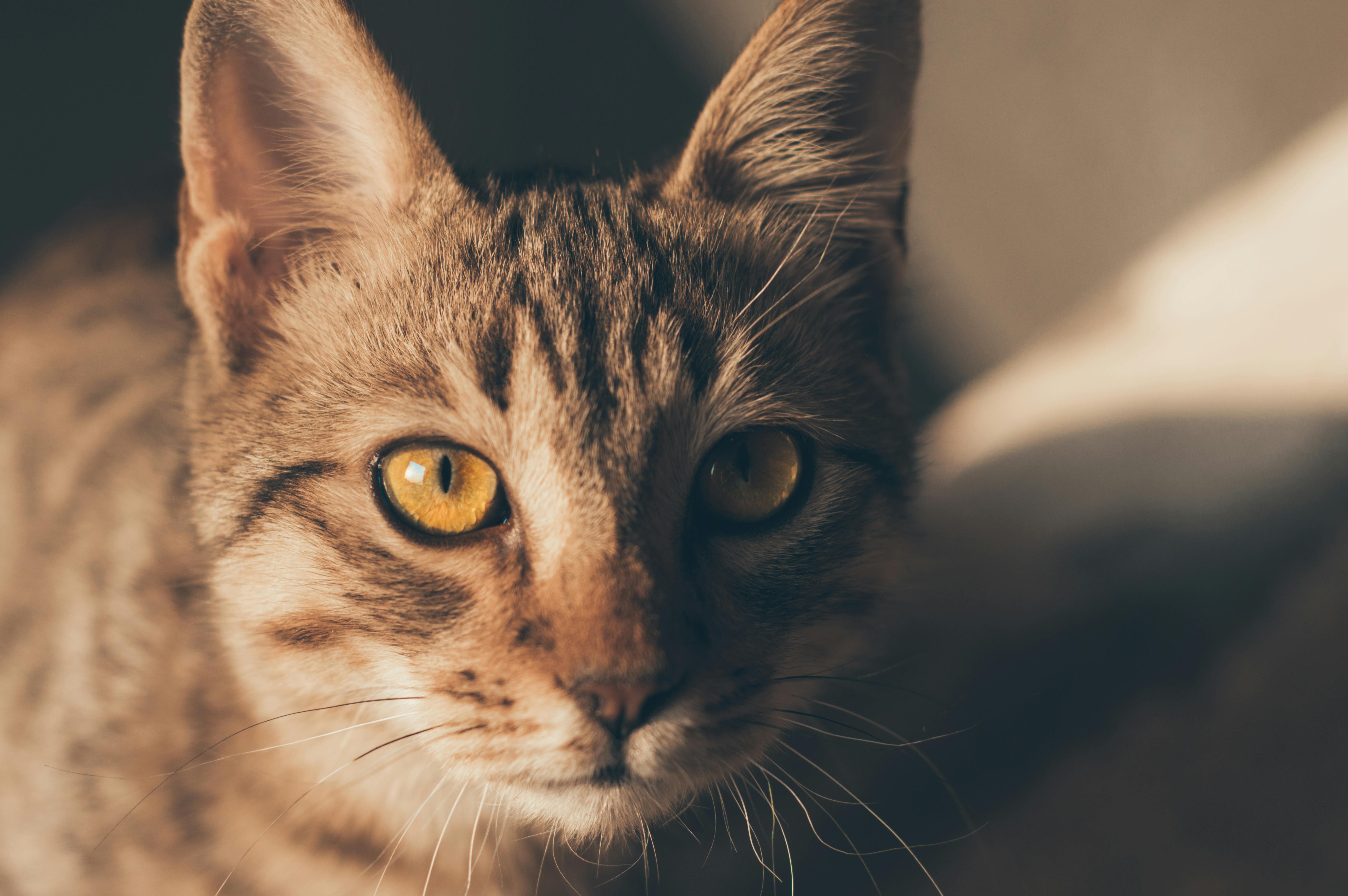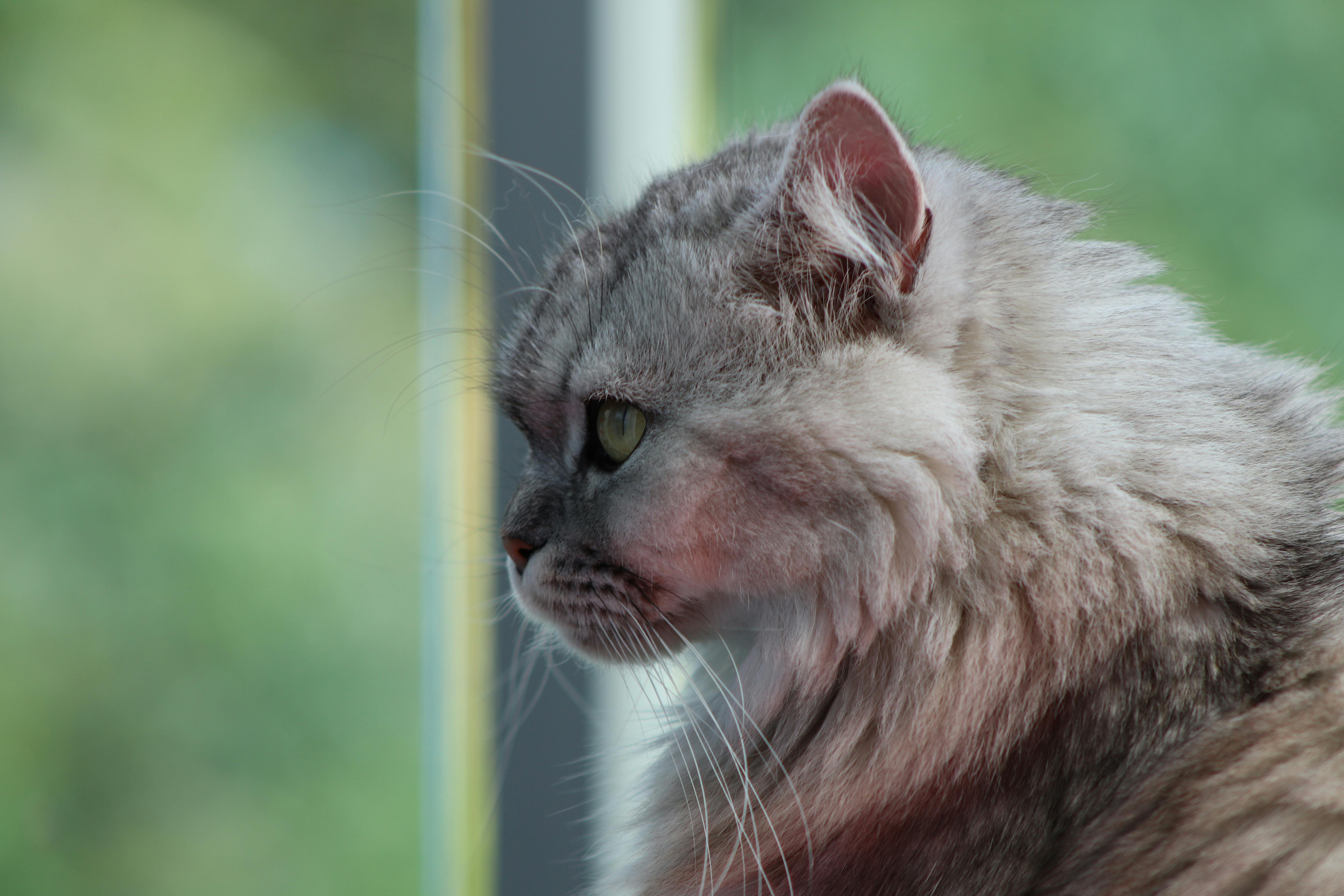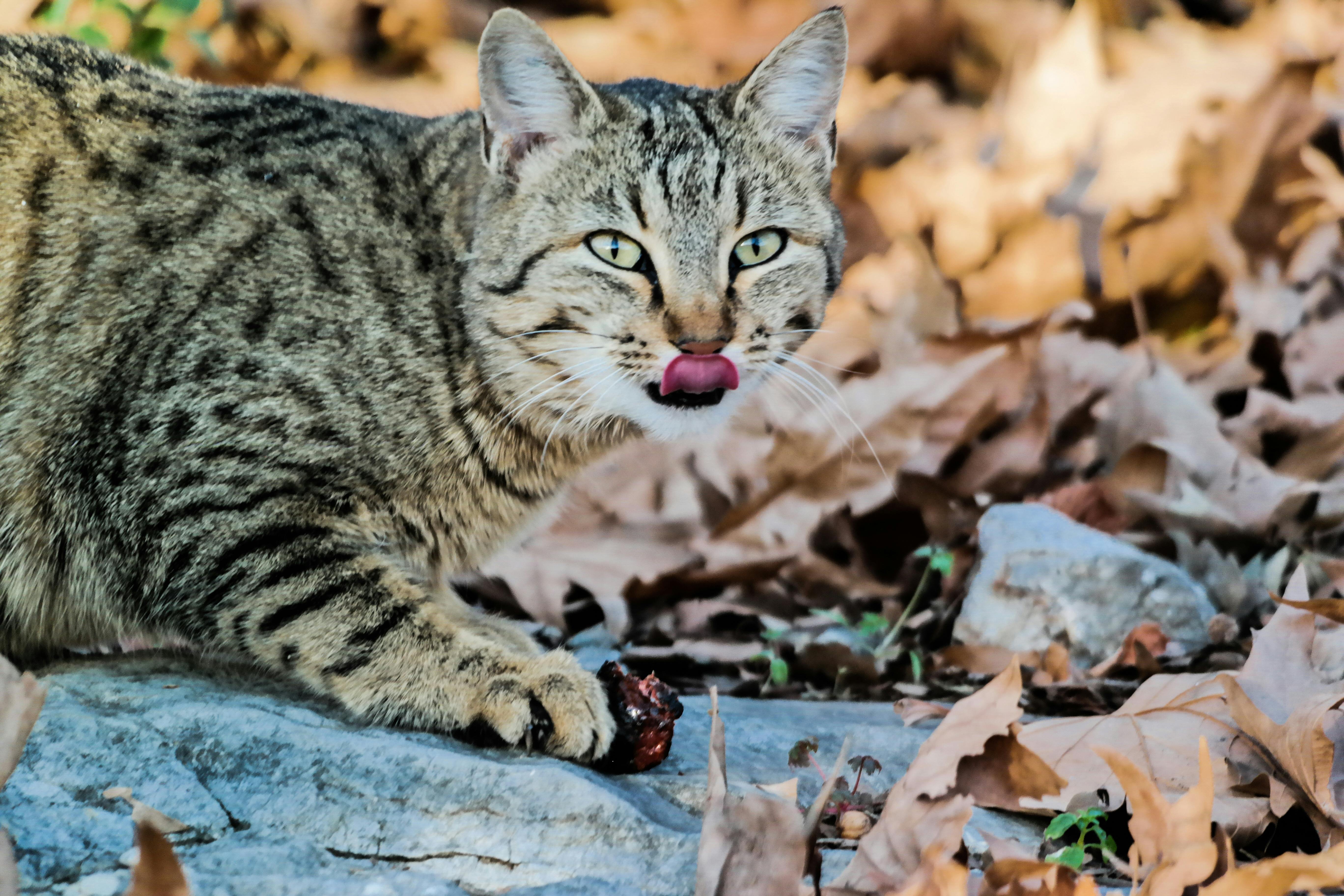It was around the year 1550 in the Sébaco Valley, in the Spanish province of Nicaragua, whose Nahuatl name “Cihuacuatl” means Serpent Woman, lived a nation of indigenous Matagalpa under the leadership of the chief Yamboa.
Among the animals that they hunted for food were the turkey, the quail, the agouti, the guardatinaja (a species of agouti peculiar to Nicaragua) and the deer. With regard to metals, they obtained and worked with gold, given its malleability and beauty. They had discovered deposits of this precious metal in a cave in the mountains to the north of their settlement. It is believed that this cave was connected to a cave on the bank of the Rio Grande with a cave near Estelí. They jealously guarded this secret, especially when they realized that the Spanish were searching for gold with unbridled ambition.
When the incursions of soldiers began to arrive under the Spanish crown, the “Cacique” (chieftain) received them cordially. Meanwhile, the Spanish discovered that some relatives of the Cacique exhibited necklaces that contained gold nuggets the size of tamarind seeds. Soon, they obtained some small nuggets through flattery and others by exchanging gaudy fabrics and other items, such as iron knives.
The chief offered gifts of gold nuggets to the King of Spain; legend tells of various leather bags filled with gold nuggets. For this reason, they are known as royal tamarinds. This gift only resulted in arousing the ambition of the conquerors, who arrived the next time more aggressively and erected a protective shelter or garrison for the soldiers very close to the indigenous settlement. The Indians resented being forced to hand over the gold. This resulted in some skirmishes and deaths on both sides.
Meanwhile, in Córdoba, Spain, lived a family whose father, Joseph Lopes de Cantarero, a lieutenant in the Spanish Navy, had been sent to a province of Nicaragua and had been reported killed in a region called Cihuacoatl in combat with the indigenous people who lived in that area. The news reached the peninsula several months later. When his widow, Mar’a Tinoco de Alburquerque, received the notification, his son, José, was just thirteen years old. He couldn’t foresee a future for him with the loss of his father’s salary. He made the decision to take his son to a Franciscan monastery that was close to his home. He spoke with Fray Domingo Cáceres and got José into the monastery to study in the hope that he would eventually become a priest.
José was both friendly and intelligent. During these years, he learned Latin, geography, history, oratory, Holy Scripture, and Theology. With only a few months to go before his ordination, the eager young man decided that the priesthood was not his calling. He was ambitious. He wanted to go to the place where his father had died and seek adventure in that mysterious land, known at the time as the West Indies.
He recalled that when he was little, his mother had taken him to the port of Cádiz to leave messages for his father when he served the crown in America. Now that he was nineteen years old, he took advantage of an authorized visit to his mother to confess that he would not return to the monastery and that he wanted to do something he always dreamed of. It would take several changes of direction and many years before it was known that he was a successful man. His mother cried, but finally blessed him and sent him away.
He collected more information about his father and instead of returning to the monastery, he headed to the port of Cádiz. There, he looked for a ship heading to the United States. He found one who was traveling to Cartagena de Indias and convinced the captain that he was a friar who could offer religious services to the crew, as well as the protection of the Lord during the voyage.
José embarked for the New World. Upon arriving in Cartagena de Indias, he waited two weeks before taking another ship to a small port called David. He crossed the Isthmus of Darien en route to Panama. There he took another ship to the port of Posesión de El Realejo, in the small province of Nicaragua. Upon arriving in León, he stayed there for a few months. There, he left the priesthood and celebrated his twentieth birthday.
He asked if he could enlist as an employee of the garrison that came to Sébaco. He found one that came from Muimui and enlisted with them. He arrived in Sebaco and asked permission to stay since it was one of the most important ports. [during the rainy season].
After situating himself and investigating the history and local conditions, he learned that his father, Lieutenant Joseph Lopes de Cantarero, had died because a captain named Alonso had snatched pieces of gold from some of the Indian women. The Indians retaliated by killing some of the soldiers the captain had ordered to protect him. It was this ambitious captain who compromised his troops, resulting in the loss of the lieutenant and several soldiers. José investigated the fate of this captain and discovered that he had previously perished while trying to discover the sources of the gold by force.
Meanwhile, José tried to befriend those close to the Cacique. Being a cunning and educated young man, he found a way to meet the Chieftain’s daughter, Oyanka. He spent several months trying to establish this relationship, learning the language of the Matagalpa Indians and teaching them Spanish.
Since they were both young and charming, they fell in love. She was seventeen years old, with tanned skin, amber eyes, fine features, sexy, and long, beautiful hair. He fell in love with her, the first woman in his life, but he did not ignore his intention to get rich. By conversing with her, he succeeded under oath of secrecy for her to take him to the place where his father mined the gold tamarinds.
Without notifying anyone, José and Oyanka walked two hours from the Sébaco settlement to the mountains near Estelí. Three leagues north of the community, there was a secret and hidden cave. José and Oyanka entered the forbidden cave with a lit ocote pine torch. Surprised by the light, bats emerged and abundant snakes slithered to safety.
Jose could see a quart vein before him in which large chunks of precious metal were embedded. I could not believe it. They were within easy reach. With little effort, he dislodged what appeared to be large golden buttons the size of tamarind seeds. He put seven of them in his sack and thanked his girlfriend. They admired the beautiful landscape of the valley and the sunset in the western mountains and returned late to the village.
Meanwhile, Oyanka’s father inquired about his daughter’s whereabouts. Upon receiving the information about the direction they had taken, he assumed that they had headed towards the secret cave. Grieved, he ordered the capture of the couple and imprisoned the young princess. He could not eliminate José for fear of the soldiers stationed in Metapa. Upon learning of an incursion by the Yarince Indians of the Caribbean race, who tended to attack at night to take Spanish women and children, he sent a message to the Yarinces that if they did not attack his town, he would send them gold nuggets and a young man. High-ranking Spanish whose rescue they could negotiate in the future with the Spanish crown in Cartagena de Indias from where the incursions of the Caribs emerged. He sent an advance group of Indians from Matagalpa to meet them near Mui Mui and made the treaty.
In this way, she was able to get rid of her daughter’s boyfriend without the need to do so. Oyanka, deprived of liberty and upon learning that her lover had been fired, became depressed to the point that she no longer wanted to eat. Her anguished father tried to convince her, but the young woman in love told him that she could not live without José and that she would fall into a deep sleep from which, according to her, she would not wake up until her father returned her lover to her.
It couldn’t be helped. At first, a thoughtful Oyanka lay down with his eyes open. After a few weeks, he fell into a deep sleep that was not death itself, since his body did not decompose; a dream that only her lover could wake her from.
Four hundred years later, Oyanka has been transformed into stone and can be seen from her town of Sébaco, El Guayabal (San Isidro), La Trinidad, Chaguitillo, Carreta Quebrada and for generations to come in the future, perennially … and perhaps for an eternity.
THE END
How to watch Oyanka
Traveling on the paved road from Sebaco to Matagalpa. A little before crossing the Sebaco bridge, or at the beginning of the highway to San Isidro, on the northwestern horizon you can see the Oyanka hill. In the background to the right is the Mocuana hill. But if we continue to the right towards the road to Matagalpa, in the profile of the hills to the north, you can see the silhouette of the princess lying on her back, her beautiful head with long hair, bare chest, a slight raised leg, the other leg and his arms resting on the hill, and his young abdomen slightly pronounced. With child?
How to wake her up
Look for a young man with brown hair and honey-colored eyes, about eight and a half feet tall, slim, but athletic. They say that he escaped to the Caribs on the coast of the Antilles and wanders in search of his beloved, whose love lasts longer than gold.









